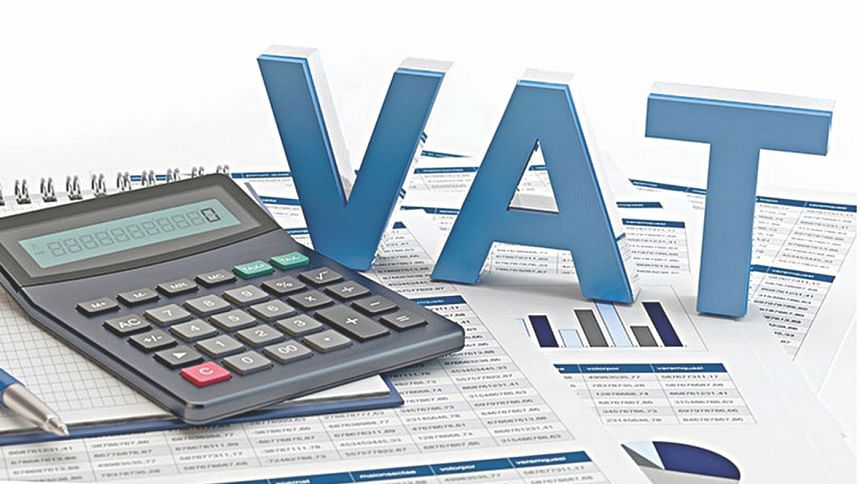Knowing the facts of VAT deduction at source

Value -added tax deduction at source or VDS is an important component of any VAT management system. The mechanism has a big role to play in the success of a VAT regime.
Huge amount of revenue can be collected if the mechanism is properly applied which uses less effort and resources. All stakeholders need to know the correct way to apply it properly.
Generally, VAT is collected on the sales of any goods and services. But there are some sales when government thinks that tax needs to be deducted from the source of money. This is called VDS and this is not a variety of value-added tax rather it is a method of collection.
VAT is an all-pervasive tax. Everybody pays it. A purchaser of any goods and service is not allowed to pay it directly to the government exchequer.
So, the government has asked the seller to collect the tax from the purchaser along with the price of the goods sold and deposit it to the government treasury later. This is the official way of paying and collecting sales tax.
But in case of VDS, the government wants the following entities only to pay the tax directly to it, not the seller.
(a) government entity i.e. any ministry, division or attached department; semi-government entity or autonomous body; state-owned enterprise; local authority, council or similar organisation;
(b) non-governmental organisation approved by the NGO Affairs Bureau or Department of Social Services;
(c) bank, insurance company or any financial institution;
(d) post-secondary educational institution; and
(e) limited company.
However, the government has not asked the entities to refrain from paying VAT to the seller against all of their purchases. The entities need to know when to send the tax straight to the government. This is primary VDS knowledge.
In our country, the standard rate of sales tax is 15 percent and it can also be as low as 10 percent, 7.5 percent, 5 percent, 4.5 percent and 2 percent.
The above entities pay the VAT at rates below 15 percent for the purchase of goods and services listed on the third schedule of the Value Added Tax and Supplementary Duty Act, 2012.
The writer is currently working as a specialist at a VAT related project financed by the World Bank. He can be reached at [email protected].

 For all latest news, follow The Daily Star's Google News channel.
For all latest news, follow The Daily Star's Google News channel. 



Comments